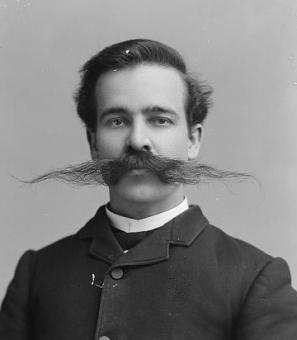Frank Kameny Runs for Office
In the 1970s, Frank Kameny was the most influential gay man in D.C. 15 years earlier, the Harvard-educated astronomer had arrived in Washington to work for the U.S. Army Map Service, but was fired because of his sexuality. Setting aside his telescopes for picket signs, Kameny rededicated his career to the struggle for LGBT equality. He led protests in front of the White House. He testified before Congress. He coined the slogan “Gay is Good,” which activists nationwide soon chanted in marches and early pride parades.
In 1971, Kameny took on something that no openly gay person had ever attempted. He ran for a seat in the House of Representatives.[1]
Kameny’s quest for Congress was only possible because of a change in representation for the District. In September 1970, Richard Nixon signed a law giving the nation’s capital one non-voting delegate in Congress. For the first time since 1873, Washingtonians could cast ballots for a federal office beyond the presidency.
The race to become the first delegate was a high profile affair, and several members of D.C.’s gay community saw an oppurtunity. Local media normally ignored LGBT rights issues and gay organizations, but they would have to cover an official congressional candidate. The national press might even join in. Any gay person who could get on the ballot would have an unprecedented platform for promoting equality. Allen Hoffard, a senior aide at the Department of Agriculture, drew up an initial campaign plan. After Hoffard gathered a team of other D.C. politicos, nearly all of them closeted gay men like him, they approached Kameny about running.[2]
In some ways, Frank Kameny was the ideal man to run as the first openly gay candidate for Congress. He was intelligent and polished, with an Ivy League degree to match. He had “formed and popularized the ideological foundations of the gay rights movement” almost by himself in the early 1960s, and had more organizational experience than anyone else in the cause. His undeniably masculine appearance also cut against prevailing stereotypes of gay men as weak and effeminate.
Kameny was not completely suited for the politician role, though. He was passionate, but with biting intensity and the “manners of a military school colonel.” Unlike most politicians, Kameny had concrete opinions on everything and little time for those who disagreed. He had spent much of his life ignoring society’s messages that his sexuality was immoral, and it had trained him to distrust what most other people had to say. In describing the LGBT advocacy group he founded in 1961, he said that “the only mistake I ever made with the Mattachine [Society of Washington] was to make it a democratic organization.” Kameny also came across as old-fashioned. He preferred waltzes and polkas to rock and disco, and at 45 he was older than almost everyone else who identified as part of the D.C. gay community. [3]
But though Kameny was not a tailor-made candidate, he was the obvious choice. When Hoffard and others asked him to run, he accepted. With popular activist Rev. Walter Fauntroy as the Democratic nominee, Kameny and his allies knew they had no chance of winning. But that did not stop them. “Since we realistically realize that I do not have a chance in ten trillion of winning,” Kameny wrote to his friend Dick Schlegel, “our goal is to get enough votes (if I get onto the ballot) to make an impact on the politicians—a show of strength.” On February 3, 1971, Kameny announced his campaign, promising to share with the public “the feelings, problems, and concerns of the sexually oppressed.”[4]
Before he could do that, however, Kameny needed to get on the ballot. He and his team had to collect 5,000 signatures by February 23, which was less than three weeks away. Kameny’s crew first reached out to D.C.’s gay bars and bathhouses. They wrote checks and encouraged their patrons to sign ballot petitions. Volunteers also spread out across parks and parking lots in Dupont, Adams Morgan, and other liberal neighborhoods. They touted Kameny’s support for “personal freedoms” and opposition to the Vietnam War. Most of the time, they tried not to emphasize that he was an openly gay man.
Days before the deadline, Kameny received crucial help from the north. He secured busloads of volunteers from the Gay Activists Alliance in New York, which formed a year and a half earlier in the aftermath of the Stonewall uprising. They traversed D.C. in a hectic weekend of canvassing. By the time the dance party staged to thank them began, Kameny had over 6,000 signatures in total. When February 23 arrived, he had nearly 8,000. He was on the ballot.[5]
As expected, Kameny’s status as an official candidate came with a platform. Under federal law, he was entitled to equal time on TV and radio stations as everyone else running, and he made full use of it. Kameny also accepted every invitation to speak that was offered to him.[6] With only a month before the election, he ran between appearances at breakneck pace.
Despite his spot on the ballot, Kameny still had to endure some skepticism. In a Washington Post forum, one of the two questions asked of Kameny was “Why should [the public] take you seriously as a candidate?” But he was undeterred. Kameny spoke about the need to protect gay Americans by law, interlocking their struggle with women and Black Washingtonians’ fight for rights. In one speech, he told a group of female federal employees that discrimination based on “your body and your genital equipment” needed to be eliminated alongside the discrimination LGBT people faced over their sexuality. As Kameny argued, the protection of “personal freedoms” and a “right to be different” were necessities for all D.C. residents.[7]
To run his campaign, Kameny had a volunteer staff of over 30 people, almost all of them gay men. Many had influential roles within the federal government. If their sexuality became public, they could be fired and publicly outed, so most had to keep a low-profile. Strategist Allen Hoffard watched one Kameny for Congress event from behind a tree so reporters would not spot him.[8]
But the candidate himself did not have to put up barriers. The federal government had fired Kameny and derailed his career, but they also freed him to be himself. Amid the campaign, Kameny kept up his activist work with trademark diligence and snark. When Catholic protestors picketed the D.C. opening of Hair, Kameny staged a counter-protest, saying that “if Jesus Christ were here today, he would be in the National Theater approving and applauding.” On the Saturday before the election, Kameny took an 18 hour “walking tour” of the District, telling residents about his campaign and the gay rights cause and delivering a letter from President Nixon at the White House.[9]
By the race’s closing days, Kameny’s dedicated work began to pay off. Donations flowed into the campaign headquarters on 1307 E Street NW. Paul Newman even donated $500. Plus, Kameny had so effectively drawn focus to gay rights that other candidates felt compelled to follow. Frontrunner Walter Fauntroy, who had previously kept silent on LGBT issues, now made demands for fair treatment of gay residents part of his stump speech. The Washington Star wrote that “if the race could be won by raising novel ideas and debating points, Kameny might well be the winner.”[10]
When election day arrived on March 23, Fauntroy won in an unsurprising landslide. But Kameny finished fourth out of six candidates, winning almost 2,000 votes (1.6% of those cast). Though the modest total disappointed some, Kameny was mostly satisfied. In an election night speech, Kameny proudly proclaimed that “The homosexual community must be freer now because of my candidacy.”[11]
Events soon proved him right. Between the votes they won and signatures collected, Kameny’s campaign demonstrated the political power of the gay community. Local politicians took notice and began actively catering to LGBT constituents. In a letter to his brother-in-law, Kameny wrote that:
“We are still reaping a harvest from it, as (one of many possible examples) when we approached our City Council the other day in regard to some legislation we wanted, found them surprisingly receptive, and were told that their receptivity resulted completely from my campaign.” [12]
Members of Kameny’s team put their resources to work too. Days after the vote, campaign manager Paul Kuntzler and other campaign veterans formed a D.C. branch of the Gay Activist Alliance (GAA). The new organization was funded with the campaign’s remaining cash, and it almost instantly became the city’s most prominent and effective LGBT rights group. However, the GAA leaders wanted their organization to be more of a team effort than Kameny’s previous work. They did not give him an office in GAA, and encouraged younger activists to get involved. As Dudley Clendinen and Adam Nagourney wrote, Kameny alone “would never lead the gay rights movement again.”[13]
But Frank Kameny did not care. He used the name recognition forged in the campaign to power 40 more years of activism. In 1973, he drove the American Psychological Association to declassify homosexuality as a mental disorder. He helped topple the federal government’s ban on gay civil servants two years later.[14] Though his brief run for the House is now just a footnote in his long career (it was not even mentioned in his June 2021 Google Doodle), over two dozen LGBT people have since followed in Kameny’s shoes and won seats in Congress.
Footnotes
- ^ Paul D. Cain, Leading the Parade: Conversations with America's Most Influential Lesbians and Gay Men, (Lanham, Md: Scarecrow Press, 2002), 85-93. Charles Kaiser, "How a Stubborn Ex-Federal Employee Launched the Gay Rights Movement: Frank Kameny Spent a Lifetime Changing American Attitudes, Eric Cervini Writes," Washington Post Online, June 11, 2020. James Kirchick, “Frank Kameny: The Accidental Activist,” Washingtonian, October 4, 2010, https://www.washingtonian.com/2010/10/04/frank-kameny-the-accidental-activist/
- ^ Dudley Clendinen and Adam Nagourney. Out for Good: The Struggle to Build a Gay Rights Movement in America, (New York: Simon & Schuster, 1999), 110-113. Eric Cervini, The Deviant's War: The Homosexual Vs. the United States of America, (New York: Farrar, Straus and Giroux, 2020), 316-317.
- ^ Clendinen and Nagourney, Out for Good, 110, 113-115. Cain, Leading the Parade, 89-90.
- ^ “Mattachine Figure Runs For Delegate,” Washington Post, February 4, 1971, B2. David R. Boldt, “Delegate Race: Fauntroy Man to Beat,” Washington Post, March 8, 1971, A1. Clendinen and Nagourney, Out for Good, 110. Quote from Cervini, The Deviant's War, 320.
- ^ Clendinen and Nagourney, Out for Good, 118-120. Philip Gambone, Travels in a Gay Nation: Portraits of LGBTQ Americans, (Madison: University of Wisconsin Press, 2010, 175. Cervini, The Deviant's War, 322.
- ^ Bart Barnes, “The Candidates: Kameny Stresses Personal Freedom,” Washington Post, March 13, 1971, Ba, B2. Clendinen and Nagourney, Out for Good, 121.
- ^ Clendinen and Nagourney, Out for Good, 122-123. “Text of D.C. Delegate Candidates' Opinions,” Washington Post, March 18, 1971, B1.
- ^ Clendinen and Nagourney, Out for Good, 117-119.
- ^ Cervini, Deviant’s War, 327-330.
- ^ Clendinen and Nagourney, Out for Good, 122-123. Kirchick, “Frank Kameny.” Cervini, Deviant’s War, 323. Michel Anders and Duncan Spencer, “Candidates Step Up Campaign Pace as Election Day Nears,” Washington Evening Star, March 21, 1971, 1.
- ^ David R. Boldt, “Fauntroy Sweeps Delegate Race,” Washington Post, March 24, 1971, A1. Frank Kameny and Michael G. Long, Gay Is Good: The Life and Letters of Gay Rights Pioneer Franklin Kameny (Syracuse: Syracuse University Press, 2014), 232. Cervini, Deviant’s War, 331.
- ^ Kameny and Long, Gay is Good, 232.
- ^ Cain, Leading the Parade, 94. Clendinen and Nagourney, Out for Good, 123-124. Kameny and Long, Gay is Good, 233. Cervini, Deviant’s War, 331-332.
- ^ Cain, Leading the Parade, 93-96. Robert Mott, “Life Becomes Somewhat Easier for D.C. Homosexuals,” Washington Post, April 23, 1973, C1.


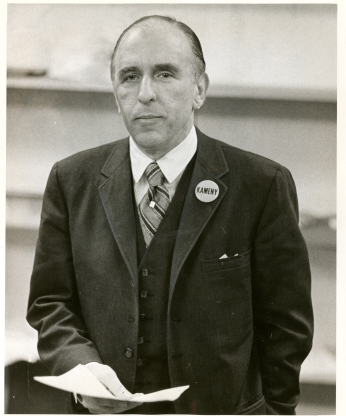
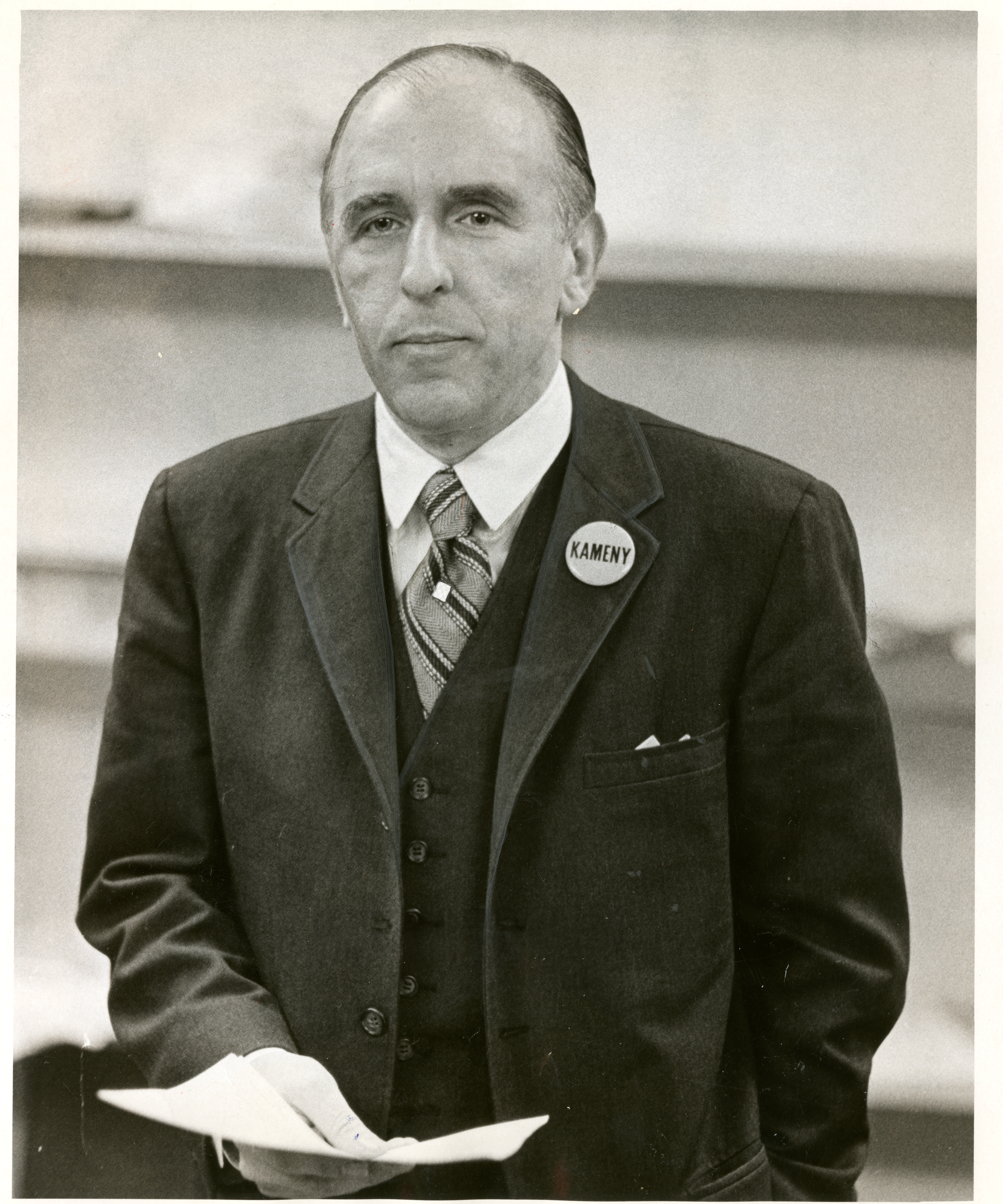
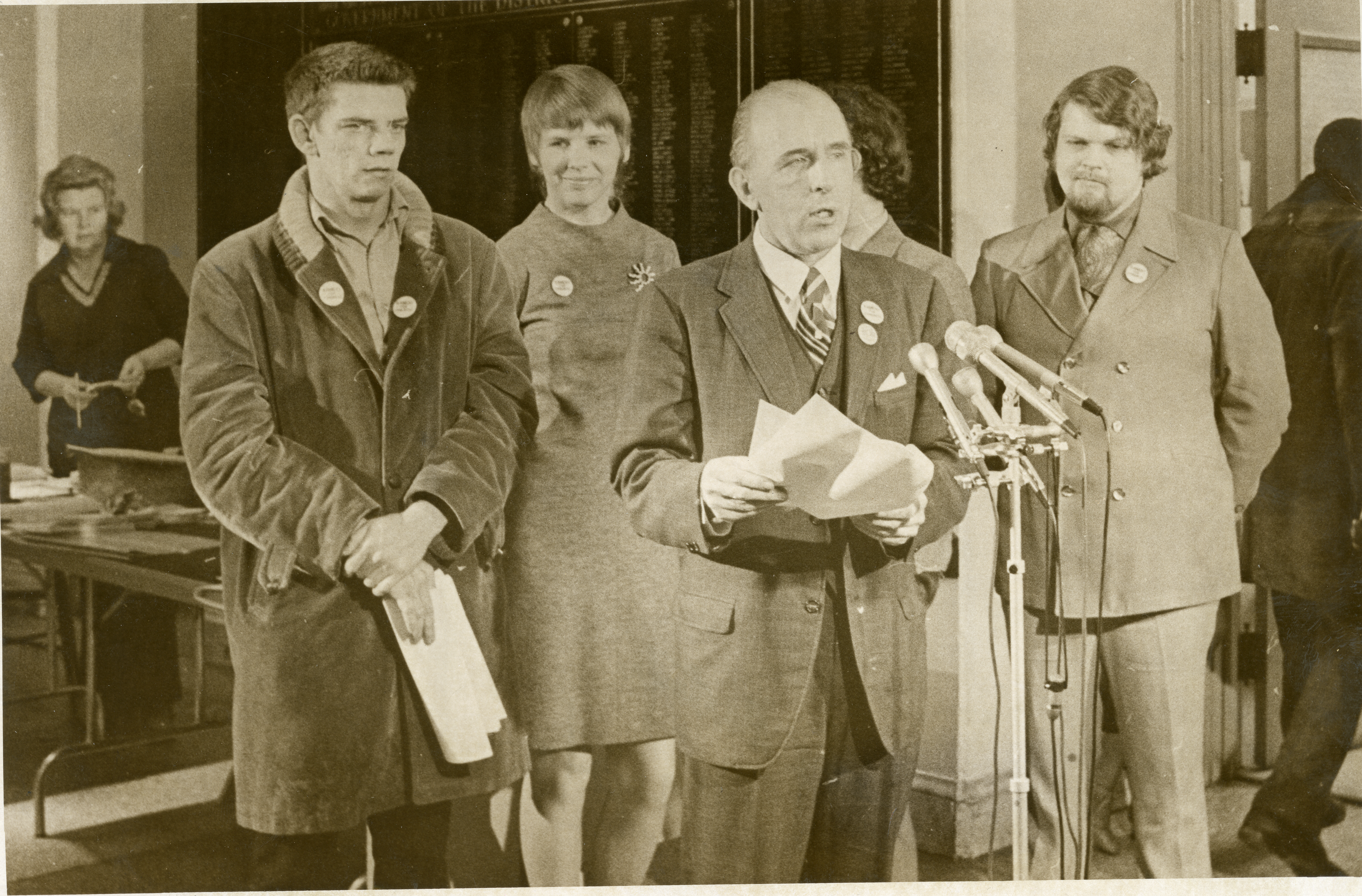
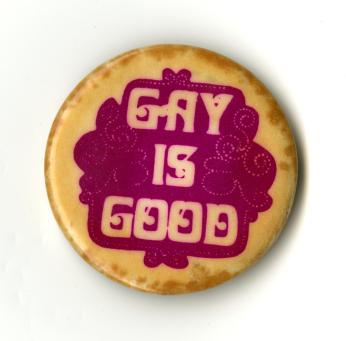
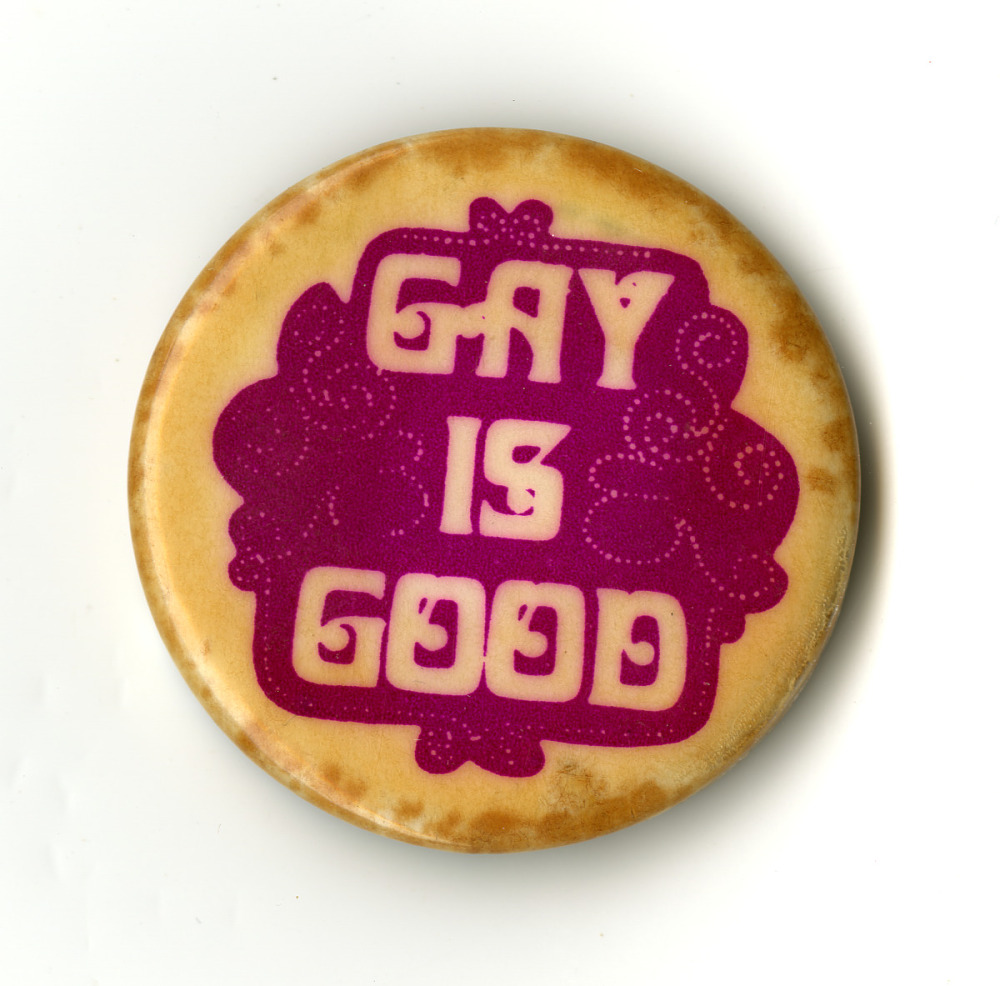
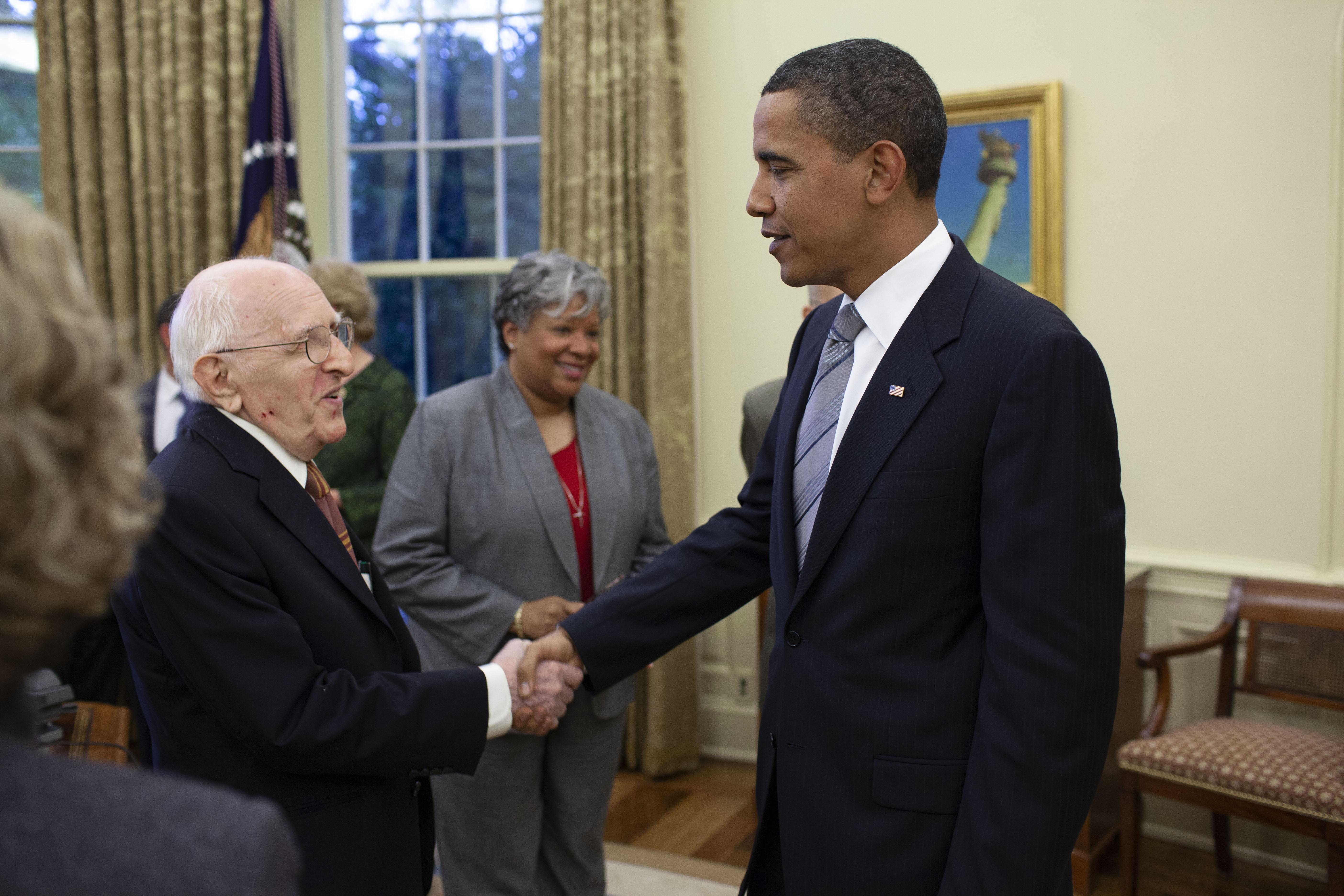
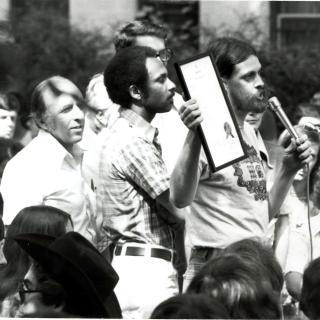
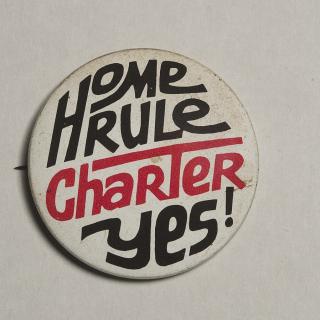

![Sketch of the mythical fuan by Pearson Scott Foresman. [Source: Wikipedia]](/sites/default/files/styles/crop_320x320/public/2023-10/Goatman_Wikipedia_Faun_2_%28PSF%29.png?h=64a074ff&itok=C9Qh-PE1)











